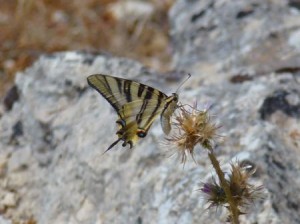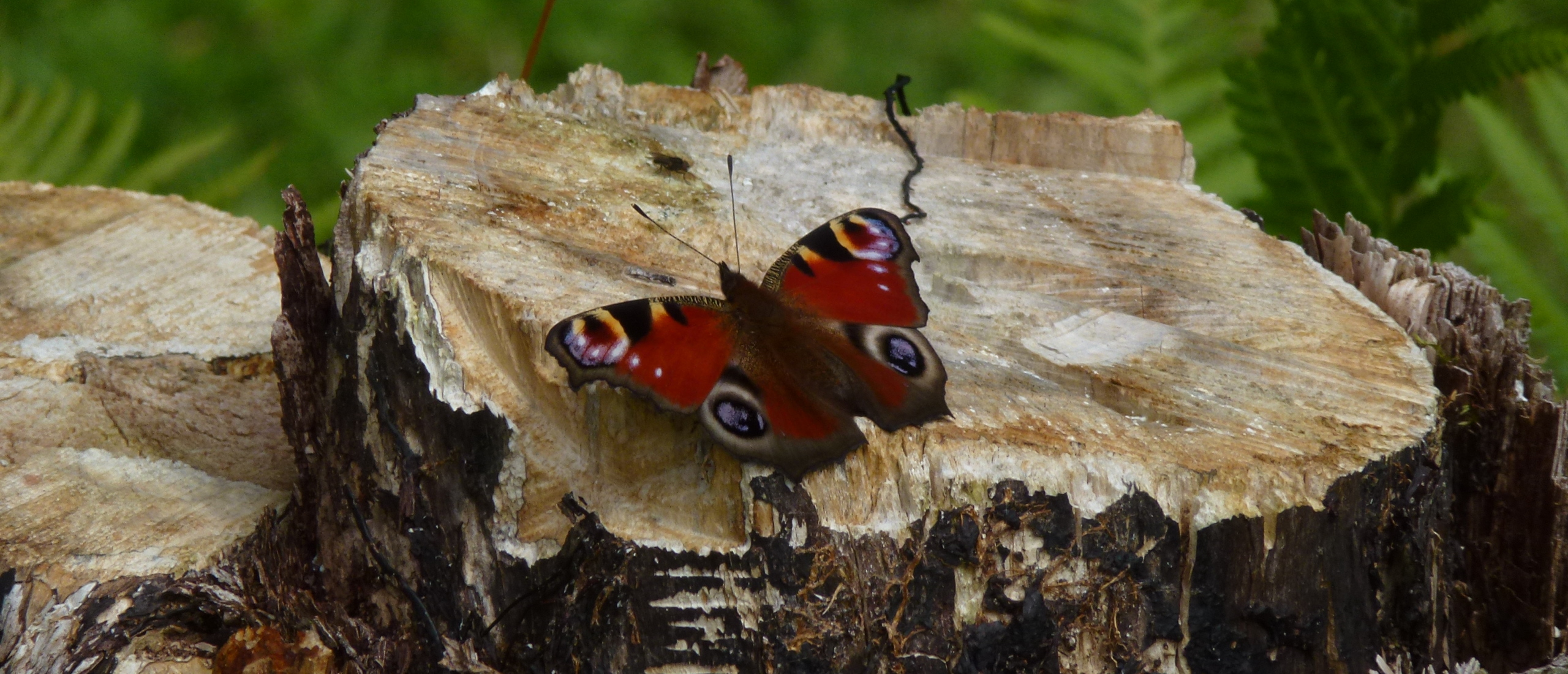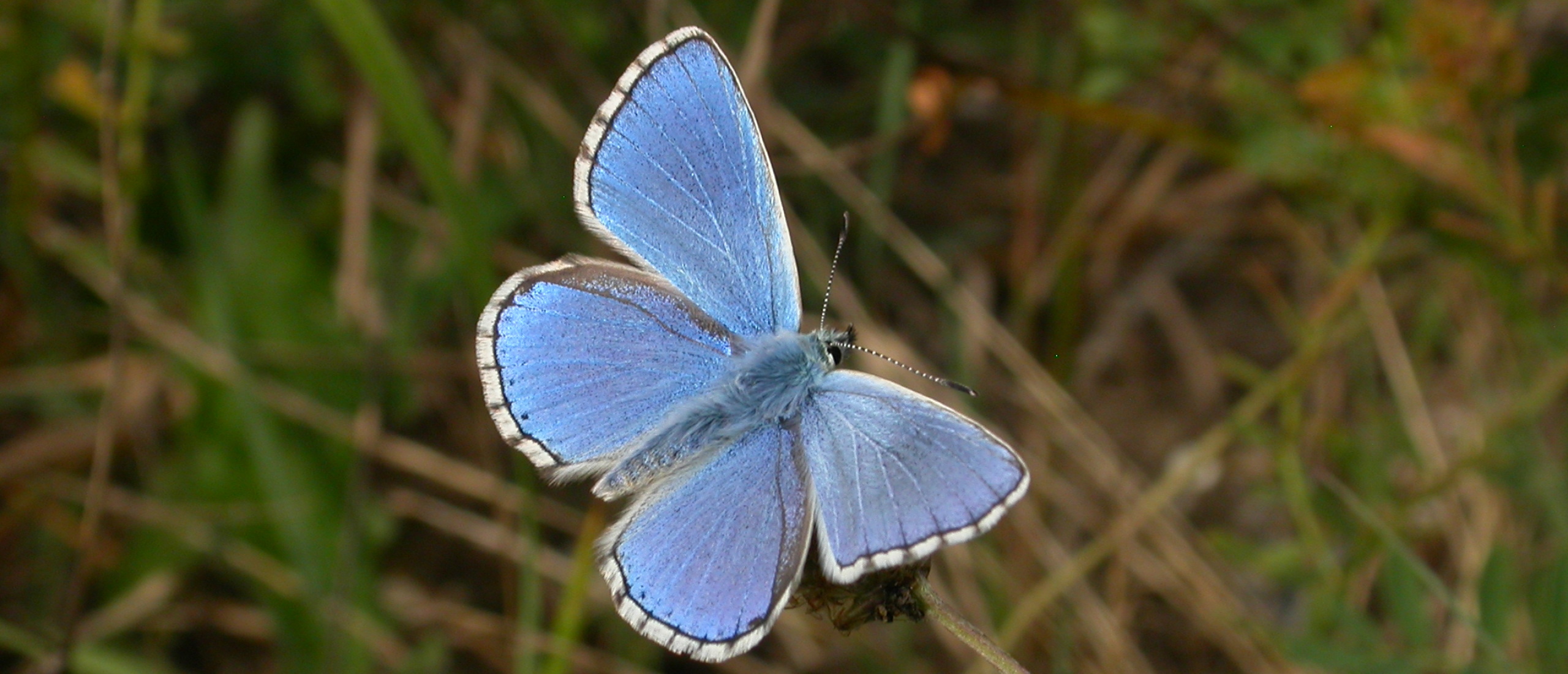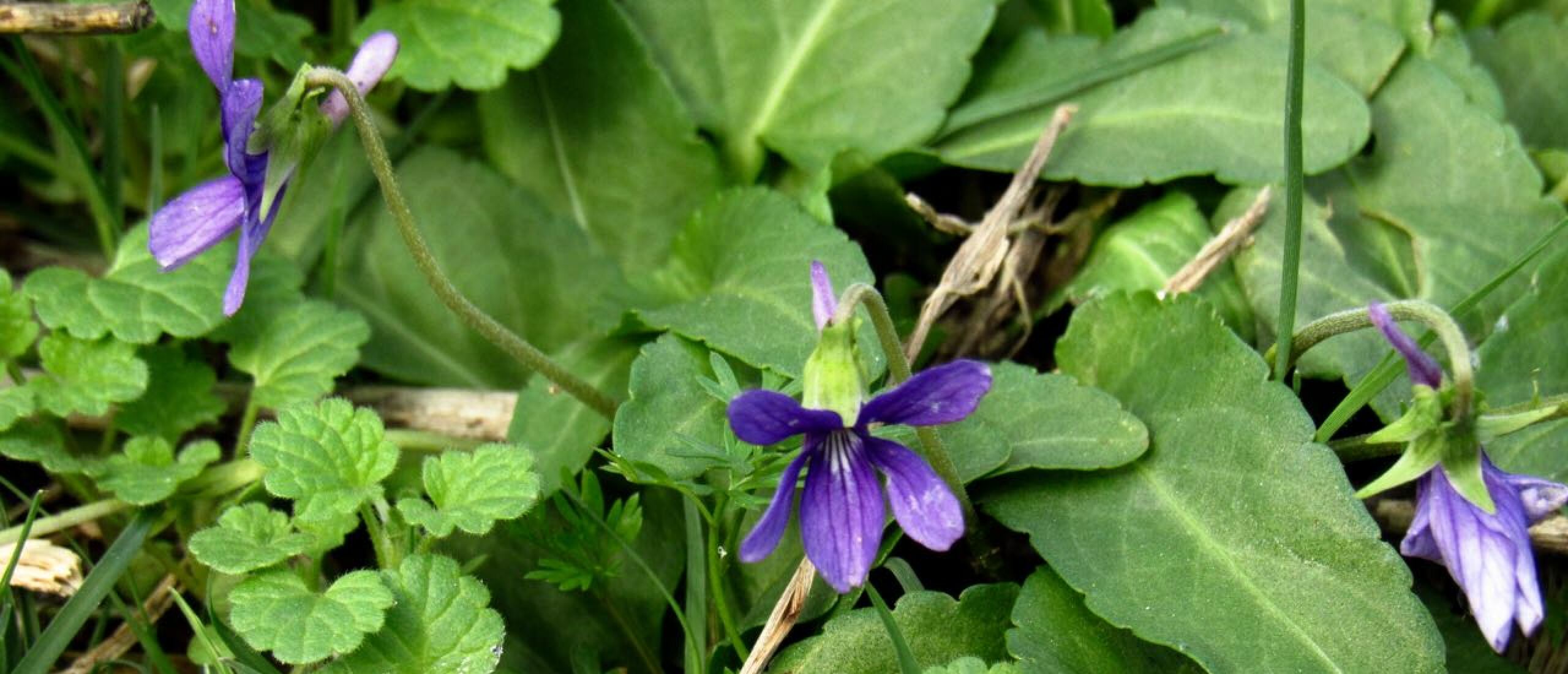
Another extraordinary link with my great grandfather G C Champion Following on from my last post, in which I described my great grandfather George Charles Champion’s friendship with Dr. T A Chapman, today I will describe another of his collaborations, this time inspired by an encounter yesterday with a butterfly on the coastal dunes in southern Brittany. After a lengthy search, I finally located a single individual of Oberthür’s Grizzled Skipper, Pyrgus armoricanus, which was named in 1910 by one of my great grandfather’s closest entomological friends, René Oberthür (1852 – 1944). There are numerous species of grizzled skipper across Europe, and they are extremely hard to separate, but here in Brittany there are only two, one of which only flies in the Spring. Therefore, when I came across a small black-and-white skipper darting across the short dune vegetation, I knew at once that I had found a species that brought me into close contact with my great-grandfather. Although I had forgotten my rucksack containing both of the cameras I normally use for butterfly photography, I did nonetheless manage to obtain a photographic record of this flighty little creature using my Samsung mobile phone.
 The diminutive Oberthür’s Grizzled Skipper, which brought me into contact with my great grandfather
The diminutive Oberthür’s Grizzled Skipper, which brought me into contact with my great grandfather
Not only was the Oberthür’s Grizzled Skipper in evidence, but several individuals of the rare dune subspecies of the Silver-studded Blue, Plebejus argus plouharnelensis, were also present. This rare butterfly was also first described in 1910 by René Oberthür, using two specimens caught on 4th and 6th June 1909 on the dunes near Plouharnel.
 The dune subspecies of the Silver-studded Blue was described by Oberthür in 1910
The dune subspecies of the Silver-studded Blue was described by Oberthür in 1910
 The bleak-looking dunes near Plouharnel are in fact rich in insect life
The bleak-looking dunes near Plouharnel are in fact rich in insect life
René and his brother Charles (1845 – 1924) were the sons of François-Charles Oberthür, a printer from Alsace who moved to Brittany, and founded the renowned Imprimerie Oberthür in the Rue de Paris, Rennes, together with Aloys Senefelder, inventer of lithography. All three men were passionate entomologists, René specializing in butterflies and Charles in beetles. They amassed impressive collections during their lifetimes, Charles eventually having the second largest privately held collection in the world. More than 750,000 of these specimens ended up in the Natural History Museum in London, while others went to the Musée d’Histoire Naturelle in Paris and some remained in Rennes, in the university collection there.
My great grandfather worked extensively with both of the Oberthür brothers, and visited their homes in Rennes on numerous occasions. They exchanged specimens and both he and Charles were Fellows of the Entomological Society of London, later the Royal Entomological Society. An encounter earlier this year in southern Spain with another species of butterfly, the Iberian Scarce Swallowtail, Iphiclides (podalirius) feisthamelii, had also brought me into contact with the Oberthürs, this time in a charmingly humorous way (although perhaps not for the individual butterfly that perished in this extraordinary incident in Rennes in 1923).
 An Iberian Scarce Swallowtail that I photographed in southern Spain earlier this year
An Iberian Scarce Swallowtail that I photographed in southern Spain earlier this year
 The Iberian Scarce Swallowtail is paler than its northern cousin
The Iberian Scarce Swallowtail is paler than its northern cousin
The incident involved three eminent Breton lepidopterists. One day in 1923, Jean Cherel was wandering along the Rue de Paris in Rennes, net in hand, when to his astonishment a specimen of the Iberian Scarce Swallowtail sailed towards him. A quick swish of the net allowed him to capture the butterfly, which he took immediately to Charles Oberthür, who lived in the Rue de Paris, and he identified it. After a short enquiry, it turned out that René Oberthür had just returned to Rennes after an insect-hunting trip to Vernet-les-Bains, in the French Pyrenees, and he had brought a number of chrysalises back with him. Once the butterfly had emerged and dried its wings, René let it go in his garden in the Rue de Paris. What he had not reckoned on was that the ever-vigilant Jean Cherel should happen to be passing with his net, and the butterfly fell victim to this passionate collector, “chasseur passionné à qui rien n’échappe”. (Source: Atlas des Papillons Diurnes de Bretagne, Locus Solus, 2017). And what brings this whole story to a delightful close is that I myself had photographed a beautiful pair of Iberian Scarce Swallowtails way back in 2001….just above Vernet-les-Bains!
 Two wonderful Iberian Scarce Swallowtails that I found by a stream in 2001, near Vernet-les-Bains
Two wonderful Iberian Scarce Swallowtails that I found by a stream in 2001, near Vernet-les-Bains













